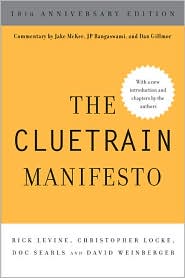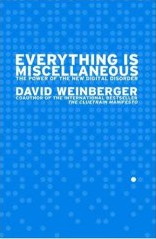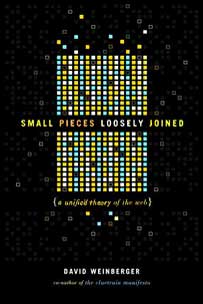August 27, 2012
Big Data on broadband
Google commissioned the compiling of
an international dataset of retail broadband Internet connectivity prices. The result was an international dataset of 3,655 fixed and mobile broadband retail price observations, with fixed broadband pricing data for 93 countries and mobile broadband pricing data for 106 countries. The dataset can be used to make international comparisons and evaluate the efficacy of particular public policies—e.g., direct regulation and oversight of Internet peering and termination charges—on consumer prices.
The links are here. WARNING: a knowledgeable friend of mine says that he has already found numerous errors in the data, so use them with caution.








